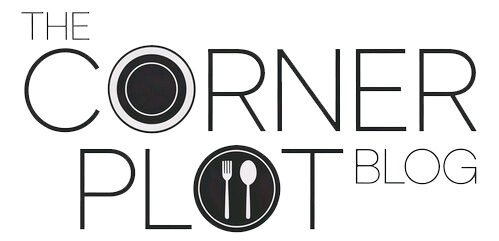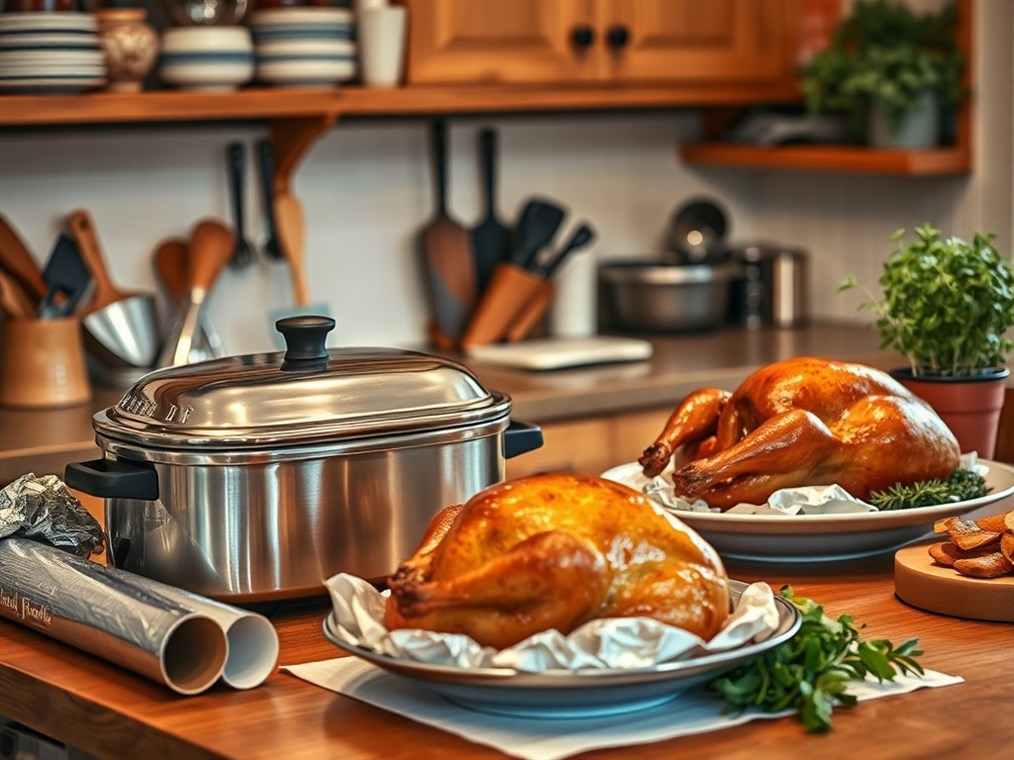Aluminum Foil in Your Roaster: Friend or Foe? Let’s Clear Things Up.
Okay, so you’re planning a feast, and the roaster’s coming out. Smart move! But then the question hits you: Can I use aluminum foil in there? It’s a question I’ve wrestled with myself, standing in the kitchen, turkey thawing, wondering if I’m about to commit some kind of culinary sin. The short answer? Usually, yeah, you can. But like most things in cooking, there’s a bit more to it than a simple yes or no.
Think of aluminum foil as that super-handy, slightly mysterious kitchen sidekick. It’s great for so many things – wrapping leftovers, lining baking sheets, even crafting makeshift hats (don’t judge!). Its real strength lies in its ability to conduct heat and trap moisture. This makes it incredibly useful when roasting, helping to cook food evenly and prevent it from drying out. Roaster ovens, whether your trusty old conventional one or a snazzy electric model, are perfect for tackling those big family meals. And foil can be a real asset in both.
So, where does foil shine in the roasting game?
- Lining the Pan: This is a game-changer for cleanup. Seriously. No one wants to spend hours scrubbing a roasting pan after a big meal. Just mold the foil to the pan, making sure you’ve got good coverage on the bottom and sides. Pro tip: Double-layer it if you’re dealing with juicy stuff to avoid any leaks that could ruin your day.
- Covering the Goods: Ever notice how the top of your roast gets a little too brown before the inside’s cooked? Foil to the rescue! Tent it loosely over the food – think of it as a cozy little heat shield. You want to keep the moisture in, but still let the air circulate.
- Foil Packets of Flavor: These are just pure magic. Veggies, fish, even small cuts of meat, all mingling with herbs and spices in their own steamy little sauna. Seal those edges tight to lock in all that goodness.
Now, before you go wild with the foil, let’s talk about potential pitfalls. We want delicious food, not kitchen disasters!
- Element Avoidance: This is a biggie, especially with electric roasters. Keep that foil AWAY from the heating elements. Seriously, this can cause a fire. Not fun.
- Acid Alert: Tomatoes, citrus, vinegar… these are the enemies of aluminum foil. Okay, maybe not enemies, but they definitely don’t play nice together. Acidic foods can react with the foil, causing it to leach into your food and giving it a weird taste. If you’re using acidic ingredients, just slip a layer of parchment paper in between the foil and the food. Problem solved!
- Temperature Troubles: Foil can handle most roasting temps, but don’t push it too far. Keep things under 400°F (204°C) if you’re using it for extended periods.
- Bottom Line: Don’t Line the Bottom: I know, it seems like a good idea for easy cleanup, but trust me, it’s not. Lining the bottom of your oven with foil can mess with the heat distribution, block vents, and even damage the oven itself. Plus, fire hazard!
- Microwave Mishaps: Just… don’t. Foil and microwaves are a recipe for sparks and appliance damage.
Alright, let’s nail down the best practices for using foil like a pro:
- Go Heavy Duty: Especially for long cooks or heavy roasts. Thin foil tears easily, and nobody wants a foil failure halfway through cooking.
- Shiny Side Up? Who Cares!: Honestly, it doesn’t make a huge difference. The only exception is non-stick foil, which has a special coating on one side that should touch the food.
- Keep an Eye on the Clock: Foil can reflect heat, which might change your cooking times a bit. Use a meat thermometer to make sure everything’s cooked to a safe temperature. It’s the only way to be sure!
- Parchment Power: Seriously, parchment paper is your friend. It’s great for lining pans and wrapping food, especially when acid’s involved.
- Recycle, Recycle, Recycle!: Aluminum foil is recyclable! Just give it a quick clean, crumple it up, and toss it in the recycling bin.
What if you’re just not feeling the foil thing? No problem! There are plenty of alternatives:
- Parchment Paper (Again!): Seriously, I can’t say enough good things about parchment paper.
- Silicone Baking Mats: These are reusable, non-stick, and perfect for lining baking sheets.
- Oven Bags: Okay, so some manufacturers advise against using these in roaster ovens due to melting risks. So, proceed with caution, or stick to using them in standard ovens.
- Good Old Cookware: Glass or ceramic cookware is fantastic for roasting and doesn’t have the same issues as foil with acidic foods or high heat.
So, there you have it. Aluminum foil can be a great tool in your roasting arsenal, but it’s important to use it wisely. By following these tips, you can enjoy all the benefits of foil without any of the risks. Now go forth and roast with confidence!

